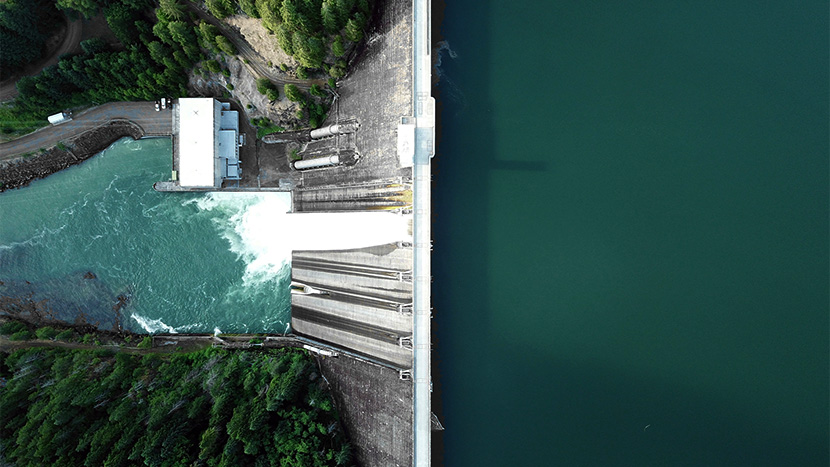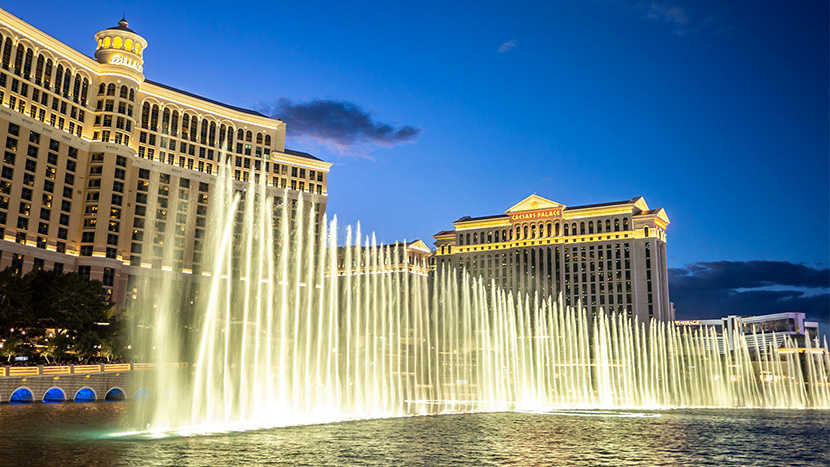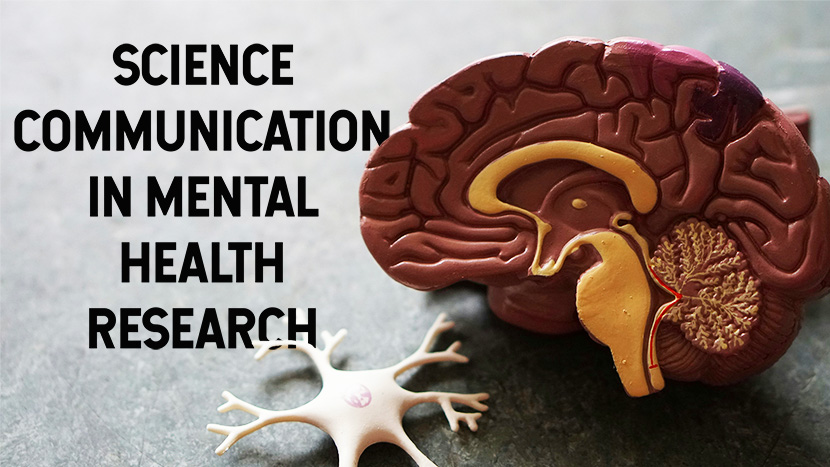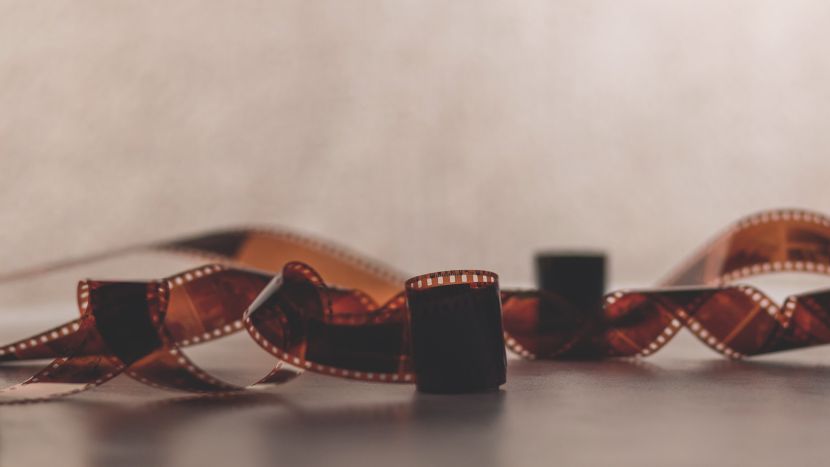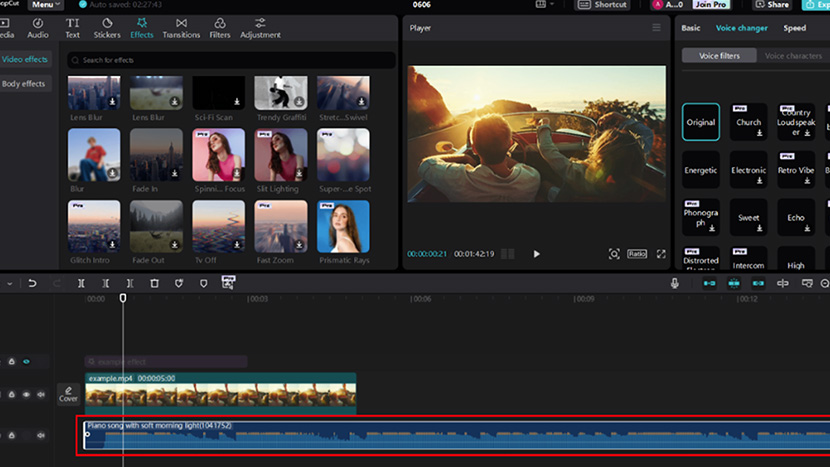Several scientific studies have, beyond doubt, revealed that traditional yoga offers a plethora of health benefits.
Improving cardiovascular fitness, enhancing muscular strength, supporting mental health, and promoting healthy blood pressure levels are just some of the commonly highlighted benefits of embracing the practice.
But do you know that yoga isn’t just meant to help you develop a stronger heart and gain flexibility and muscle strength?
Yes, you heard that right!
Thanks to face yoga, several publications suggest that you can now keep those much-dreaded signs of aging at bay for longer and longer with a youthful, glowing appearance.
But just how true is this?
Well, that’s why we’ve put together this article. Here, we will examine what face yoga is, whether or not it is scientifically proven to work, how to do it, and so much more. So, let’s dive in!
What Is Face Yoga?
Face yoga, sometimes known as facial yoga, is a technique that uses a variety of exercises and massages to improve your appearance.
Face yoga involves performing specific movements and poses with your facial muscles in order to tone them.
However, it’s worth mentioning that this technique doesn’t exclusively target the face but also the neck and shoulders.
A balanced face yoga routine usually combines exercise, massage, relaxation, and acupressure techniques. Some popular facial massage techniques include cheek puffing, fish lips pose, eyebrow raises, and chin lifts.
The practice has existed for several centuries, and its origins can be traced back to the ancient system of yoga and Ayurvedic medicine practiced in India thousands of years ago.
Does Face Yoga Really Work?
If you follow facial care trends, you might have seen how much some people swear by face yoga’s ability to help them get rid of or at least mitigate, smile lines, forehead wrinkles, under-eye puffiness, sagging cheeks, and other signs commonly associated with aging.
But what does science say? Are there any tangible results to adequately back these claims up?
Well, a study by JAMA Dermatology did that. This study brought together 27 healthy women between 40 and 65 years. These women had photodamage associated with mild to moderate facial atrophy and, having consented to participate in the study, were expected to follow a 20-week facial exercise program to see if the exercise would help mitigate any facial aging signs.
First, they were to take a daily regimen of 32 facial exercises for the first eight weeks before switching up the schedule from daily to once every other day for the eleven weeks that followed.
The study findings? The participants recorded improvement in their face and neck appearance from as early as week 8.
The results showed improved upper and lower cheek fullness and a significant decrease in their estimated ages.
In a different study, dermatologists at Northwestern University established that 20 weeks of consistent facial yoga can make you look three years younger. Yes, just 20 weeks!
These studies coupled with expert opinions and testimonials from the majority of those who have practiced face yoga exercises, agree that the natural facelift practice is actually not a scam.
Danielle Collins, a renowned Face yoga expert, also affirms the technique but addresses it from a completely new standpoint.
Responding to a common question on whether face yoga can give someone wrinkles, Danielle emphasized the need to follow the proper techniques from an expert when doing it to keep wrinkles from developing.
When done with expert help, Danielle says, “It’s quite the opposite — face yoga is proven to reduce wrinkles rather than cause them.”
Danielle also emphasizes the need to target all the muscles of the face, neck, and head, not just those of the face.
If you are unsure how to do it, this Face Yoga™ program should help. It is a fully-packaged resource developed by experts to guide you through the journey of restoring your youthful allure.
How Facial Yoga Works
When doing face yoga exercises, the underlying muscles get a workout, just like when you do any other type of exercise.
Face yoga can induce muscle hypertrophy, making your cheeks appear much fuller. The repetitive movements made by the underneath face muscles during this exercise help improve blood circulation.
Blood carries oxygen and essential nutrients to our body cells. When blood flow improves, it promotes the production of collagen, an essential protein responsible for keeping our faces youthful.
Some facial yoga techniques like massage and acupressure may help relax the muscles of the face and help reduce tension in the face, one of the things that are considered signs of aging.
What Face Yoga Exercises Should You Try?
If you’re ready to weave face yoga into your self-care routine, there are several exercises to consider.
And remember, regardless of the exercise, you should always work to your comfort level. You may feel warmth or heat, but you should never feel pain or any other discomfort when doing face yoga.
Also, always start every exercise with clean hands. Oil, serum, or cleansing balm can also make the exercise easier by allowing your hands to easily glide over your skin without becoming overly slippery.
Let’s now take a look at some of the types of yoga exercises for your face:
1. Tension Relief
This is one of the exercises that target to reduce strain, and you can do it during the day or just before you fall asleep.
It’s simple:
- Press into the inner corner of both eyes for 30 seconds.
- Circle gently in one direction for 30 seconds.
- Repeat in the opposite direction.
2. Smooth Brows
This exercise can help mitigate the aging effects of smile lines and wrinkles. Use both index fingers to perform it.
- Place your index fingers at each end of the eyebrows.
- Pull them away from each other.
- Repeat five times.
Doing this will prevent frown lines from appearing and may improve your face tone and facial tightness.
3. Cheek Lifter
This exercise helps increase circulation and tone muscles in your cheeks. It’s just as simple as the rest:
- Place your hands in a prayer position with your fingertips just above your nose.
- Move the fingertips down the nose gently.
- Trace your fingertips along the bottom of your cheekbones and up to your temples.
- Repeat this procedure thrice!
4. Forehead Smoother
This facial yoga technique targets forehead wrinkles.
To do it:
- Form fists with both hands.
- Place them at the center of the forehead.
- Gently press your knuckles and sweep your hands across your forehead, starting from the middle and working outwards.
- Repeat it thrice.
5. Flirty Eyes
This technique helps soften fine lines around the eyes.
- Place an index finger under each eye with your fingertips on either side of the nose.
- Make an “O” shape with your mouth and ensure that the teeth aren’t visible.
- Look up to the ceiling.
- Repeatedly flutter your eyelids for 30 seconds.
What Are The Benefits of Face Yoga?
While some of these benefits are not scientifically proven, face yoga practitioners claim that the practice can:
- Increase blood circulation
- Improve under-eye circles
- De-stress
- Plump the skin
- Firm the neckline
- Reprogram muscle memory
- Control face muscles
- Generate positive emotions
- Correct sagging
- Boost confidence
- Make the face less rounded
But then, even if all these claims are valid, sticking to a routine is very important and increases your chances of aging gracefully as you desire. You need not spend a lot of time on it every day. 10 to 15 minutes a day should be enough to realize the effects of face yoga.
Experts also say you should complement the technique with other healthy practices, such as keeping yourself hydrated, eating a balanced diet, and adopting a healthy skincare routine.
Conclusion
As simple and silly as facial yoga may seem, it has proven to be one of the best ways to reduce signs of aging and maintain your youthful glow.
And get this: It isn’t just a fad! This anti-aging practice is a tried and tested method that has been in practice for centuries in various cultures for a younger-looking face.
Face yoga may not have as dramatic results as cosmetic procedures. But then, unlike these processes, it’s a purely natural and non-invasive method of improving your facial features and boosting self-confidence. Only remain consistent in the practice for the best results!




